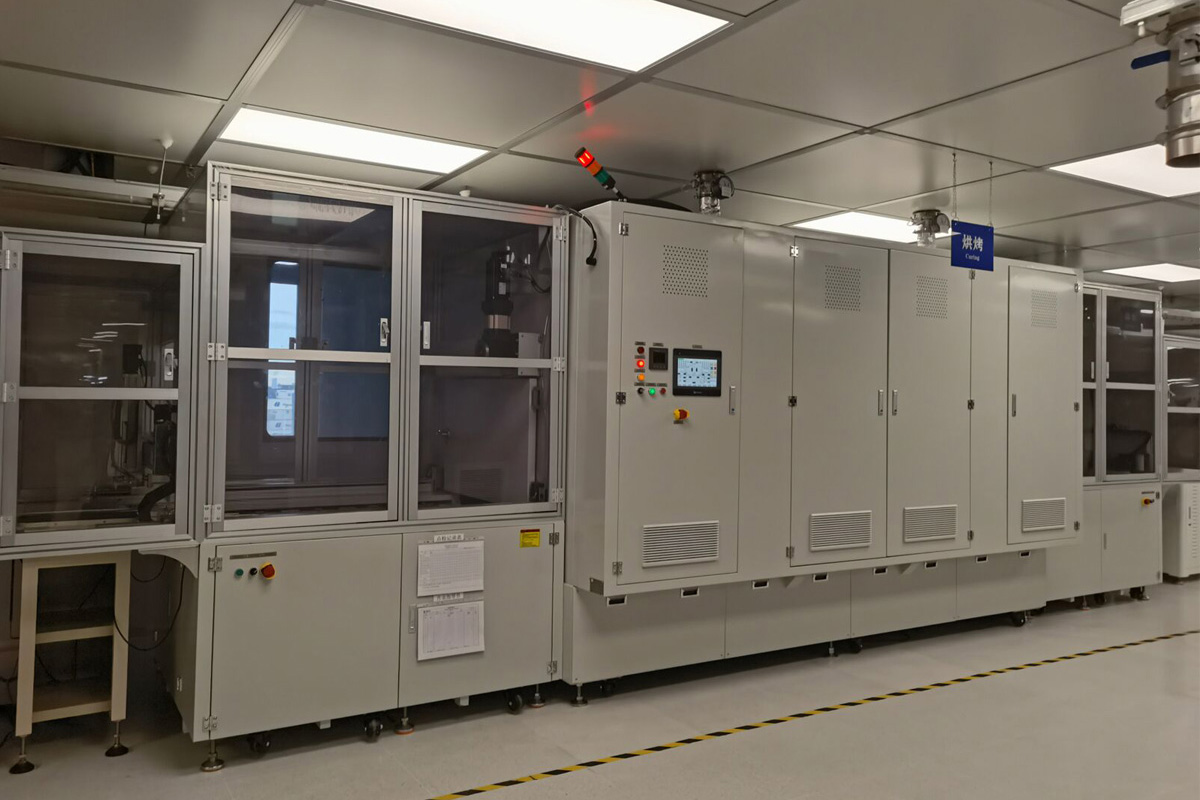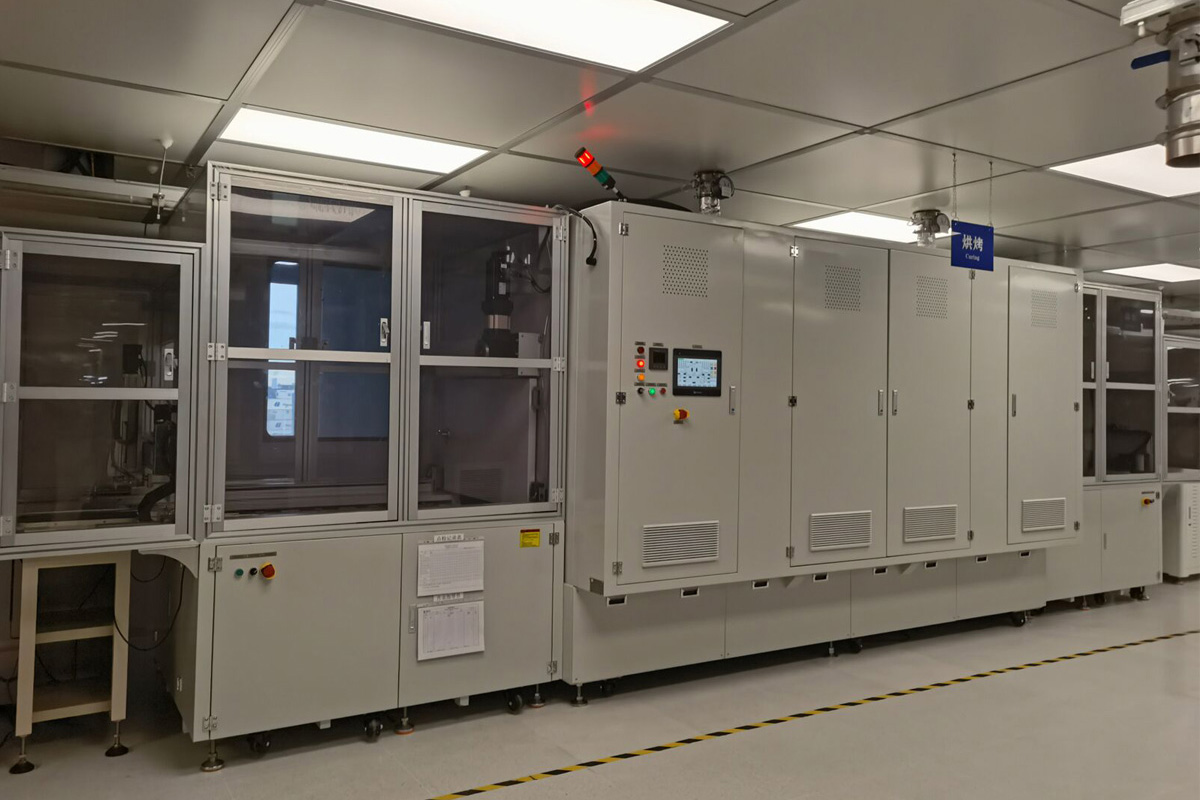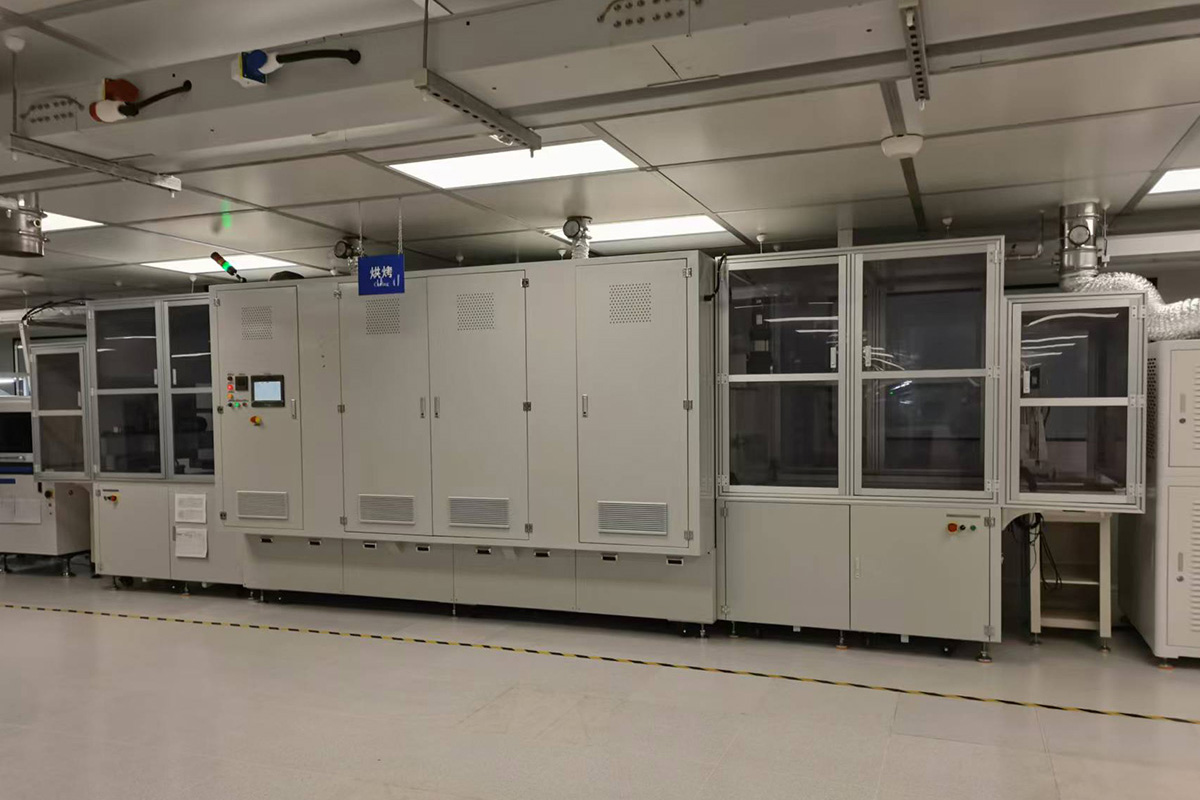The Lifting Oven is an advanced industrial baking equipment designed to meet the stringent requirements of modern manufacturing industries such as electronics, hardware, and lithium battery production. Featuring a vertical Oven structure, this system integrates automatic transport, precise temperature control, and space-saving efficiency, making it ideal for high-volume, continuous production lines.

Key Features of the Lifting Oven
Space-Saving Vertical Design
This vertical lifting Oven adopts a shelf-type structure with dual lifting mechanisms:
An ascending baking device on the loading side.
A descending baking device on the unloading side.
This structure greatly reduces the floor space required compared to traditional horizontal ovens, making it a true energy-saving oven solution.
Automated Conveying System
Equipped with an automatic loading and unloading system, materials are transported seamlessly into and out of the oven through a stainless steel chain conveyor line, enhancing productivity while reducing manual labor.
Precise Temperature Control
The Lifting Oven uses electric heating tubes, providing a temperature range from room temperature to +200℃ (adjustable).
Temperature control precision: ±0.3℃
Temperature uniformity: ±1.5%
Heating time: Adjustable; reaches 200℃ in approximately 35 minutes without load.
Controlled by a PID self-tuning controller, ensuring automatic constant temperature.
Hot Air Circulation for Uniform Heating
The oven adopts forced hot air circulation, ensuring consistent temperature distribution throughout the internal chamber — a key advantage for processes that require high thermal uniformity, such as in lithium battery baking ovens.
Durable and Hygienic Materials
Inner chamber: Made of high-quality SUS304 stainless steel, ensuring corrosion resistance and cleanliness.
Outer casing: Cold-rolled steel plate with a painted surface; all-stainless-steel versions are also available for hygienic or cleanroom environments.
Adjustable Conveyor Speed
The feeding and discharging systems support variable-frequency adjustable speed, allowing customization to match different production speeds.
Comprehensive Safety Protections
This industrial lifting oven is equipped with multiple safety features:
Parameters
| Inner size H*W*D | Non-standard customization |
| Temperature range | Room temperature +20~220℃ |
| Temperature control precision | ±1.0℃ |
| Temperature uniformity | ±1.5% (empty oven test) |
| Temperature rise time | Adjustable rate of temperature increase, no load room temperature to 200 ℃ about 35 minutes |
| Power supply | Three-phase 380V |
Typical Applications
The Lifting Oven is widely used in processes that demand stable and controlled heat treatment, including:
Drying and baking electronic components
Thermal curing of lithium battery packs
Precision heat treatment in metal and hardware industries
Preheating and annealing processes in automated assembly lines
Why Choose Our Lifting Oven?
Whether you're scaling up your lithium battery production or upgrading your automatic hot air oven for electronics, our Lifting Oven provides the precision, automation, and reliability your factory needs. With its vertical lifting structure and automatic conveyor baking system, it boosts throughput while reducing operating costs and footprint.
Frequently Asked Questions (FAQ) – Lifting Oven
Q1: What is a Lifting Oven?
A1:
A Lifting Oven, also known as a Vertical Baking Oven or Automatic Lifting Type Oven, is a thermal processing equipment designed for efficient heating and drying of components in industries such as electronics, hardware, and lithium batteries. It features a vertical shelf structure and layer-type lifting mechanisms for automatic feeding and discharging.
Q2: What are the main applications of the Lifting Oven?
A2:
This Lifting Oven is widely used in:
Electronics manufacturing
Hardware component drying
Lithium battery electrode baking
Precision parts preheating
Heat setting processes
Its space-saving vertical design and automated conveyor integration make it ideal for continuous mass production.
Q3: How is the Lifting Oven heated?
A3:
It uses electric heating tubes for consistent and efficient temperature control. It is a Temperature Controlled Oven with a range of room temperature up to 200~220℃, adjustable as needed.
Q4: What is the temperature uniformity and control precision?
A4:
The temperature control accuracy is ±0.3℃, and temperature uniformity reaches ±1.5% during an empty oven test, ensuring consistent thermal performance across all layers.
Q5: What are the advantages of the vertical structure?
A5:
The Vertical Lifting Structure greatly reduces equipment footprint, making it an ideal choice where space is limited. It also improves energy efficiency and supports layer-type baking, making production faster and more organized.
Q6: Is this Lifting Oven suitable for automated production lines?
A6:
Yes, it is designed as an Automatic Conveyor Oven. It supports online operation through a stainless steel plate chain conveyor with variable frequency speed control, and operators can easily load/unload materials from both ends.
Q7: What are the safety features of the equipment?
A7:
This Lifting Type Hot Air Oven includes multiple safety protections such as:
PID auto-tuning temperature control
Over-temperature alarms
Leakage protection
Motor overload protection
Phase-loss and reverse-phase protection
Q8: Can the Lifting Oven be customized?
A8:
Absolutely. The inner size, temperature range, external material (painted cold-rolled steel or full stainless steel), and conveyor system can all be customized based on your production needs. We support non-standard customization for various industrial baking applications.
Q9: What are the electrical requirements?
A9:
The standard power supply is Three-phase 380V. If you need a different voltage or frequency (e.g., 220V, 415V, 50/60Hz), we can offer customization to match local electrical standards.
Q10: How long does it take for the oven to heat up?
A10:
The temperature rise time is approximately 35 minutes from room temperature to 200℃ without load. This can be adjusted according to customer requirements.










